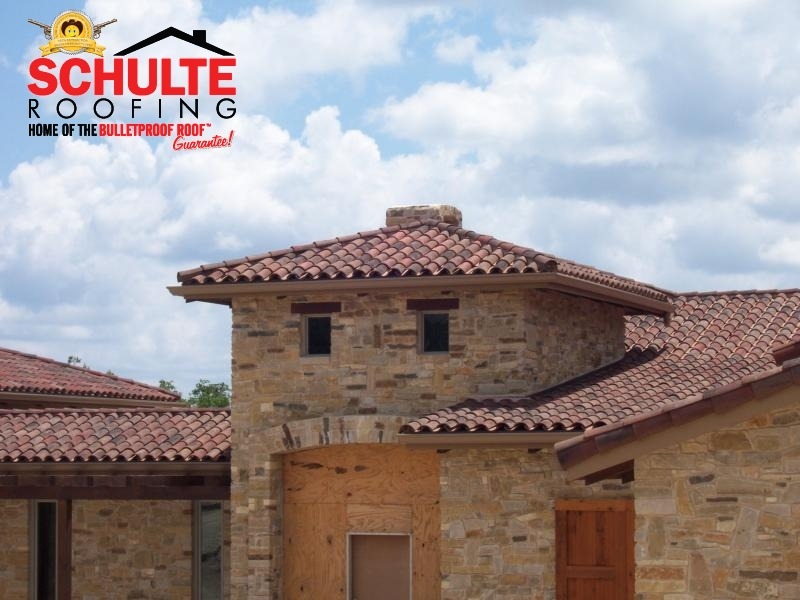 More and more Conroe homeowners are trying to find ways to create an energy-efficient home. News about global warming and high energy costs are enough of a reason to cause energy-efficient options to be seriously considered. One option to consider is a clay tile roof.
More and more Conroe homeowners are trying to find ways to create an energy-efficient home. News about global warming and high energy costs are enough of a reason to cause energy-efficient options to be seriously considered. One option to consider is a clay tile roof.
Benefits
Clay is a popular roofing material, particularly in warm places such as California and Texas. It is popular not just because of its classic look; it is also popular because of the many benefits it offers for those who are environmentally conscious.
- Dissipates Heat – Clay tiles are well known for their high thermal emittance. This means that heat that is absorbed by the sun is quickly dissipated out into the atmosphere rather than being radiated into the living space beneath the roofing structure. Another factor is its corrugated design that allows air to circulate underneath the slab and provides naturally cooling in the process. This is the reason why these roofs are very popular in warm areas as homes using this material often have lower cooling requirements than those that do not.
- Recyclable – This material is made by using a combination of clay and water which are both natural materials. If one of these tiles is broken, it can be easily recycled into a new one, or disposed of without posing any environmental hazard.
- Longevity – Conventional roofs such as asphalt only have a service life of 30 to 40 years. On the other hand, clay can last up to 80 years under ideal conditions. Use of clay times will avoid re-roofing concerns for several decades. One manufacturer even offers a 75-year warranty for this product; something that is not available with any other roofing material.
- Eliminates Heat Island Effect – The heat island effect refers to a location such as in a metropolitan area that is warmer than the immediate neighboring areas. This phenomenon usually occurs when an area is urbanized. Clay tiles help eliminate this effect due to their high thermal capacity. So instead of storing the heat, it effectively dissipates it back into the surrounding atmosphere.
Maintenance
While clay tiles get high points for efficiency, they also require regular maintenance in order to make use of their long service life.
- Use a Plank – In order to enjoy a long service life from this type of roofing system, it is important to never step on it. One of the disadvantages of this material is that it is very brittle and any light pressure could easily cause it to crack or break. If walking across the roof is really necessary, use a plank or plywood so that weight is distributed evenly across the entire area.
- Use Detergent – Clay tiles are susceptible to mold and algae. It is important that these growths be removed before beginning to grow and weaken the material. One of the most effective ways to kill mold and algae is with some type of detergent. Be patient, as it may take several applications before all the plant life is eradicated.
- Pressure Wash – Pressure washing is not normally recommended for use on most roofs; with a clay tile system, it is the only approach with the least amount of risk in breaking the tiles. When pressure washing, be sure to set the machine on low or medium to avoid breaking the tiles during this cleaning process.
Clay tiles are one of the most energy-efficient types of material that is available. They have a high thermal emittance, are recyclable, and best of all have a long service life. So consider clay tiles when looking to lower cooling costs as they can indeed be very energy-efficient!
